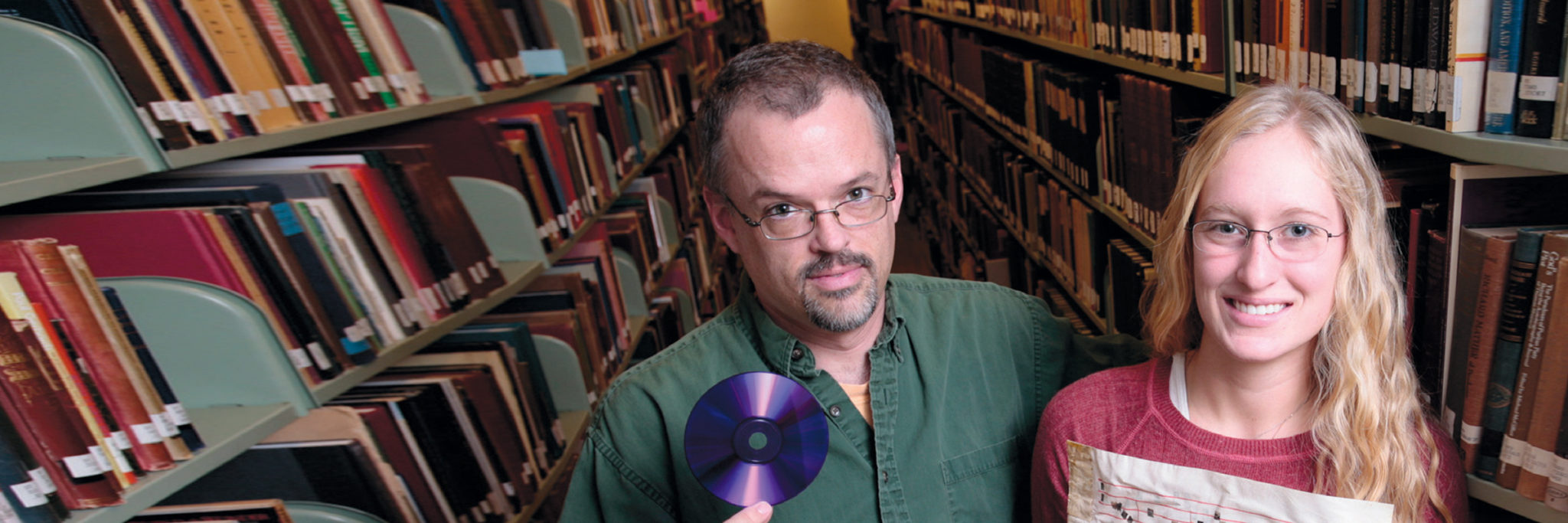Brace yourselves, book lovers. This is a story about a biblioclast—a page-ripper, a binding-buster—who will-fully separated books into pieces. And not just books, (if there is such a thing as “just books,”)—this guy bought medieval manuscripts, gorgeous velum antiquities with illuminations hand-rendered a thousand years ago by monks, for God’s sake, and took them completely a-p-a-r-t. Such things are an affront to historians, librarians, and bibliophiles everywhere, but what’s interesting about the destructive actions of this manuscript maimer is that there is a case to be made that what he did was sort of good—and maybe now there is a way for these scattered pages to find their way back to each other.
Otto Ege (1888-1951) was a palindromically named art history professor, dean of the Cleveland Institute of Art, and enthusiastic authority on medieval book arts. He wasn’t a rich man and couldn’t afford to buy perfect specimens, so he amassed a large personal collection of fragmentary manuscripts. Of these, he removed leaves from fifty and separated them into forty boxed “study sets” that were sold to institutions all over North America. Denison paid $750 in 1956 for the set that’s part of the William Howard Doane Library’s special collections.
English professor and medievalist Fred Porcheddu ’87 calls Ege’s actions “ethically problematic” but admits the study sets are “delicious,” so much so that he and Greta Donley ’08 have launched a project to bring these pages back together, in a way. They’re searching for the sets, getting the pages catalogued and scanned, and then, through the wonders of technology, the far-flung leaves are digitally “rebound” on the Internet. “
It was an idea I had in ’90s,” Porcheddu says. “Wouldn’t it be great if we could find all the sets and put them back together? Now we have a way to do that. I love a scavenger hunt.” “It’s a human impulse to put things back together,” Donley says. Her work on this påroject has taken her far beyond her senior research project on biblioclasty. In May, she’ll present her research on Ege to the International Congress on Medieval Studies at Western Michigan University, and there she’ll premier the web site she and Porcheddu have constructed for the reuniting of the scanned manuscript leaves. But why did Ege tear these books asunder? Porcheddu says it wasn’t for money. “Ege collected damaged books and manuscripts and took them apart because he wanted people to be able to touch the past,” Porcheddu says. “He was a populist.” Ege even published a 1938 essay entitled, “I am a Biblioclast,” in which he admit-ted that many referred to his ilk as “mutilators” and “aesthetic ghouls,” but he held himself to strict rules, like use the separated leaves to inspire interest in fine books, and never take apart a museum piece. Ege wrote, “Surely to allow a thousand people ‘to have and to hold’ an original manuscript leaf, and to get the thrill of understanding that comes only from actual and frequent contact with these art heritages, is justification enough for the scattering of fragments.” To a hands-on educator like Ege, having manuscripts locked safely away meant that students couldn’t learn from them. So he spread his already damaged books around the continent for a comparatively modest fee, and even small institutions—like Denison in the 1950s—could afford to provide the real thing for its students.
Several times this fall, Porcheddu and Donley spoke to groups about their Ege project in events connected to the Remnant Trust Exhibit in the William Howard Doane Library. More than 50 rare manuscripts were on display under glass—including such extraordinary items as a first edition of Thomas Paine’s Common Sense and a 1350 edition of the Magna Carta—and so long as a librarian was present to supervise, visitors were allowed to hold these rarities in their bare hands, to read them, to look closely, to breathe them in, and get a feel for their pages and bindings. Odds are, not a soul considered tear-ing out even a page, but the exhibit’s goal echoed Ege’s: get books into hands; minds will follow. Porcheddu and Donley say the digital reconstruction project will take years, maybe forever. After Donley leaves for grad school at Ohio State next fall, they’ll carry on. “You can’t stop doing the Ege thing,” she says.
Fred Porcheddu ’87
and Greta Donley ’08

